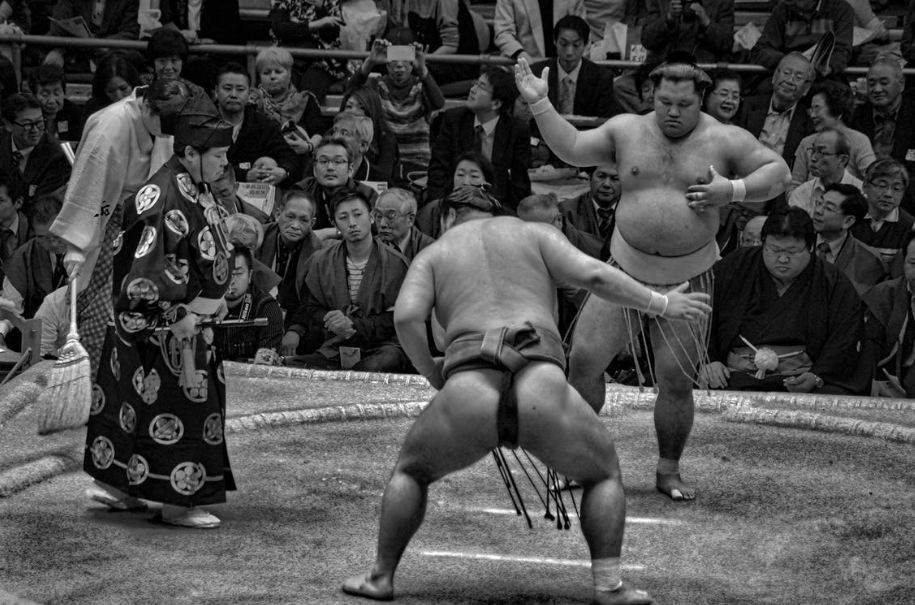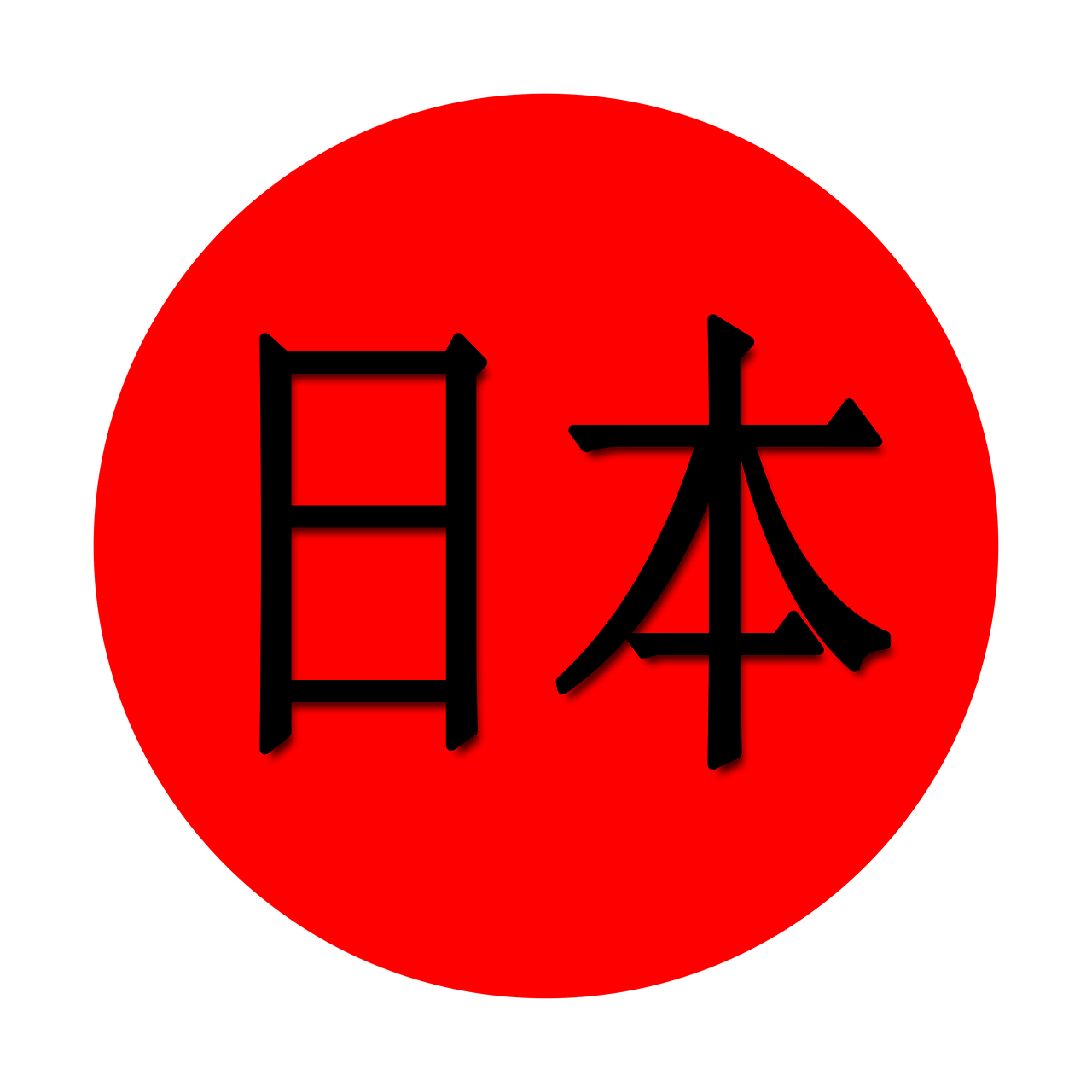Why Is Japanese Culture Most Similar to Chinese Culture?
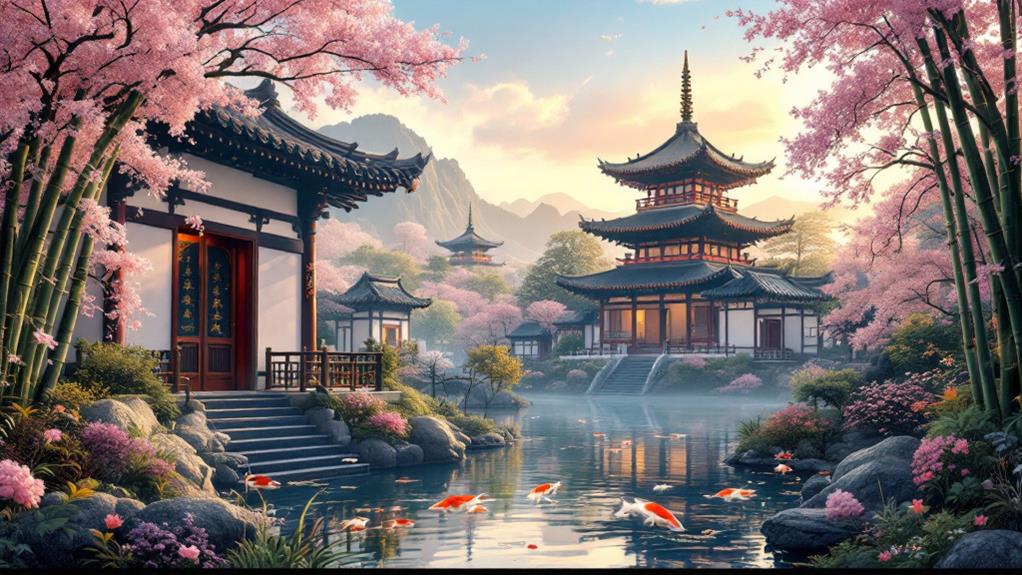
You'll find that Japanese culture bears a striking resemblance to Chinese culture, largely due to their extensive historical interactions. Centuries of cultural exchanges facilitated by trade and the spread of Buddhism have deeply intertwined their societies. The adoption of kanji from Chinese writing greatly influenced Japanese language and vocabulary. Similarities extend to religion, with Confucian ethics and Buddhist practices shaping both cultures. Shared artistic elements and culinary traditions reveal a mutual appreciation for nature and aesthetic refinement. These connections have created a rich tapestry woven with similar threads, perfect for those curious to uncover even more fascinating details.
Historical Interactions
Throughout history, Japan and China have experienced extensive interactions that have greatly shaped their cultures. You can see evidence of cultural exchange and trade relations that have influenced diverse aspects of both societies. For example, Japan's absence during significant global supply chain disruptions highlights the interconnectedness of their economies. When you investigate the past, you'll notice how these two nations have shared art, religion, and technology. For instance, Buddhism, which originated in India, found its way to Japan primarily through China, leaving a lasting impact on Japanese spiritual practices and architecture.
Trade relations between Japan and China have also been significant. During the Tang Dynasty, the Silk Road was a thriving network that facilitated not only the exchange of goods but also ideas. You'd find that Japanese traders would bring back Chinese innovations and artistic techniques, enriching their own cultural landscape. This exchange wasn't one-sided; China also absorbed elements of Japanese culture, although to a lesser extent.
Language Influences

Trade and cultural exchanges between Japan and China didn't just stop at goods and ideas; they also considerably impacted their languages. One of the most significant influences is the kanji adoption. As a Japanese language learner, you'd quickly notice that kanji, originating from Chinese characters, plays a vital role in Japanese writing. The adoption of kanji drastically transformed Japanese script, creating a bridge between the two languages. This connection is similar to how education is perceived in Japan as a means to mold citizens with shared values. You might find it interesting that despite the grammatical differences, there are notable linguistic similarities between Japanese and Chinese. These similarities often stem from the shared use of kanji, which contributes to overlapping vocabulary, particularly in areas like government, philosophy, and technology. When you learn kanji, you're fundamentally learning a part of both languages, making it easier to understand certain Chinese words and concepts.
Moreover, the influence doesn't stop with written language. Historical exchanges led to the borrowing of Chinese vocabulary into spoken Japanese. This lexical borrowing is evident in Sino-Japanese words, which are used alongside native Japanese terms. By understanding these language influences, you gain insight into how deeply intertwined Japanese and Chinese cultures are, highlighting the lasting impact of their historical interactions.
Religious Connections
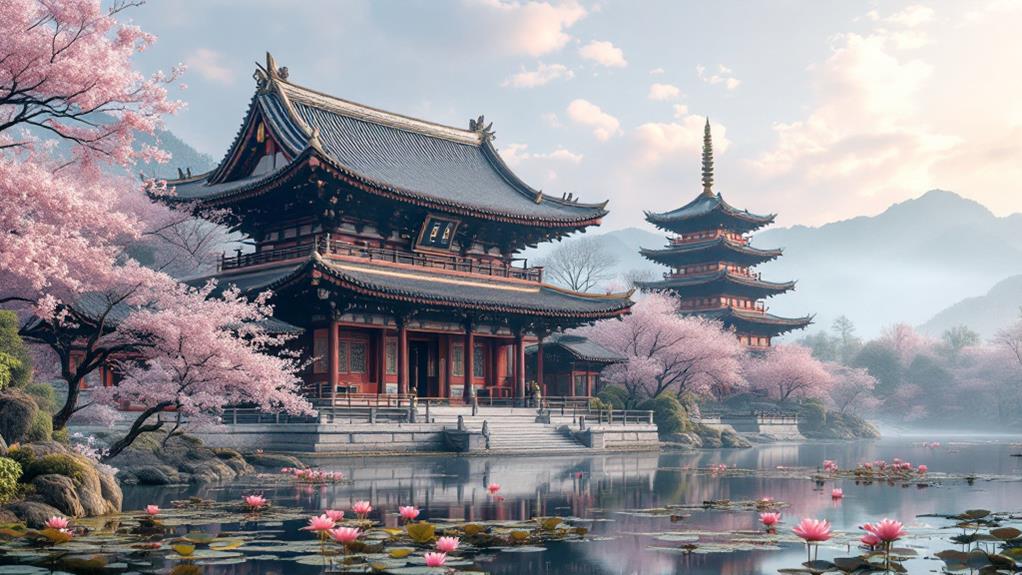
Religion has been a profound link between Japanese and Chinese cultures, shaping their philosophies and daily lives. When you investigate this connection, you'll notice how Buddhist practices have traveled from China to Japan, influencing spiritual and philosophical thought. Buddhism, originating in India, made its way to China and then Japan, intertwining with existing beliefs. This integration is evident in the shared temples and similar rituals you might observe.
In Japan, Shinto beliefs coexist with Buddhism, creating a unique blend that echoes China's religious diversity. While Shinto focuses on kami (spirits) and nature worship, Buddhism adds a layer of meditation and enlightenment. When you see how these beliefs harmonize in festivals and daily life, you understand the deep cultural exchange between these nations.
Confucian ethics also play a significant role, emphasizing respect, hierarchy, and moral conduct. You'll find these principles deeply embedded in both societies, guiding interpersonal relationships and governance. Ultimately, ancestor worship is another shared tradition, where honoring past generations connects families and communities. This practice reinforces familial bonds and cultural continuity, highlighting the spiritual similarities between Japan and China. Through these religious connections, the cultural parallels become unmistakably clear.
Art and Aesthetics

How do Japanese and Chinese art forms reflect their intertwined histories? You'll find that both cultures have deeply influenced one another, especially in their art and aesthetics. Chinese calligraphy techniques were introduced to Japan around the 6th century, and they became foundational to Japanese writing and art. You can see this influence in the way Japanese calligraphy, or "shodo," emphasizes balance and simplicity, reflecting Chinese aesthetic philosophies.
Both cultures value harmony between the natural world and human creations. In Chinese art, this is evident through landscape paintings that capture the essence of nature's beauty. Japan adopted these ideas, developing its own distinctive style known as "sumi-e," or ink wash painting, which focuses on minimalism and capturing the spirit of a subject rather than its detailed likeness.
You'll notice that both Japanese and Chinese art celebrate imperfection, a concept known as "wabi-sabi" in Japan, which aligns closely with Chinese philosophical ideas like Daoism. This shared appreciation for the transient and imperfect expresses a deep cultural connection. By understanding these artistic elements, you can appreciate how the shared histories of Japan and China continue to shape their art and aesthetics.
Culinary Traditions
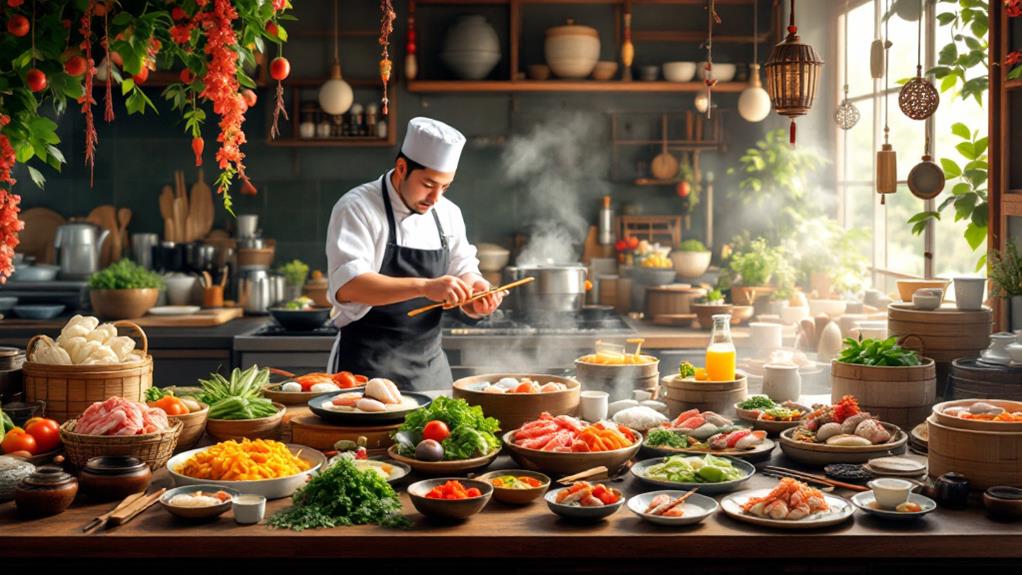
Japan's and China's culinary traditions offer a fascinating glimpse into their shared cultural tapestry. You can see the sushi evolution in Japan, which reflects the influence of Chinese culinary methods, like the use of rice and vinegar for preservation. Both countries celebrate tea ceremonies, emphasizing the importance of tea in social and cultural contexts. These rituals highlight the shared love for this timeless beverage, providing moments of tranquility and reflection.
Investigate the umami flavors that both cuisines are famous for. In Japan, it might be found in miso or soy sauce, while in China, it's present in fermented bean pastes or soy products. These flavor profiles reveal ingredient similarities that bridge the two culinary worlds. Regional cuisines in both countries show diverse influences yet maintain a sense of harmony and balance, often using similar cooking techniques like steaming, frying, and braising.
When you explore the culinary arts of Japan and China, you uncover a world where tradition meets innovation. These elements showcase a shared appreciation for nature's bounty, artful presentation, and the delicate dance of flavors that continue to delight the senses.
Societal Structures
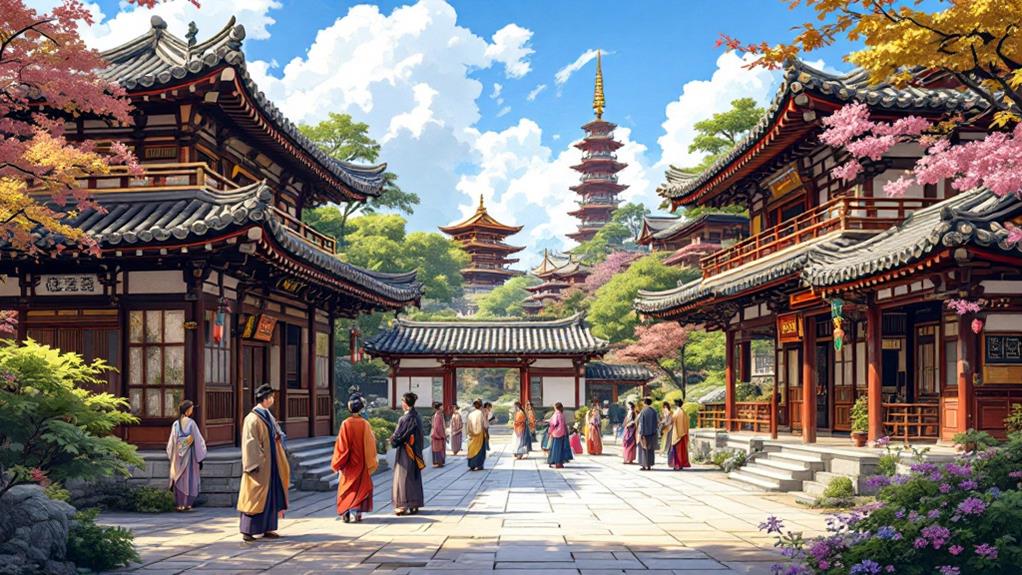
Both Japanese and Chinese societal structures are deeply rooted in centuries of tradition and philosophy. In both cultures, family hierarchy plays an essential role in shaping social interactions and individual responsibilities. You'll find that respect for elders and adherence to social etiquette are emphasized, reinforcing the importance of community values. These values are not just limited to personal interactions but extend into professional and educational systems as well.
When it comes to educational systems, both Japan and China prioritize discipline and excellence. This focus on education reflects their belief that success is closely tied to one's ability to contribute positively to society. Gender roles in these societies, while evolving, still maintain traditional expectations. Men are often seen as the primary breadwinners, and women are traditionally viewed as caretakers, though these roles are gradually changing in modern times.
Class distinctions, while less rigid than in the past, still subtly influence social interactions. In both cultures, there's a clear understanding of one's place within the social hierarchy, and people often navigate these structures with precision. By understanding these similarities, you can appreciate the deep-rooted cultural connections between Japanese and Chinese societies.

